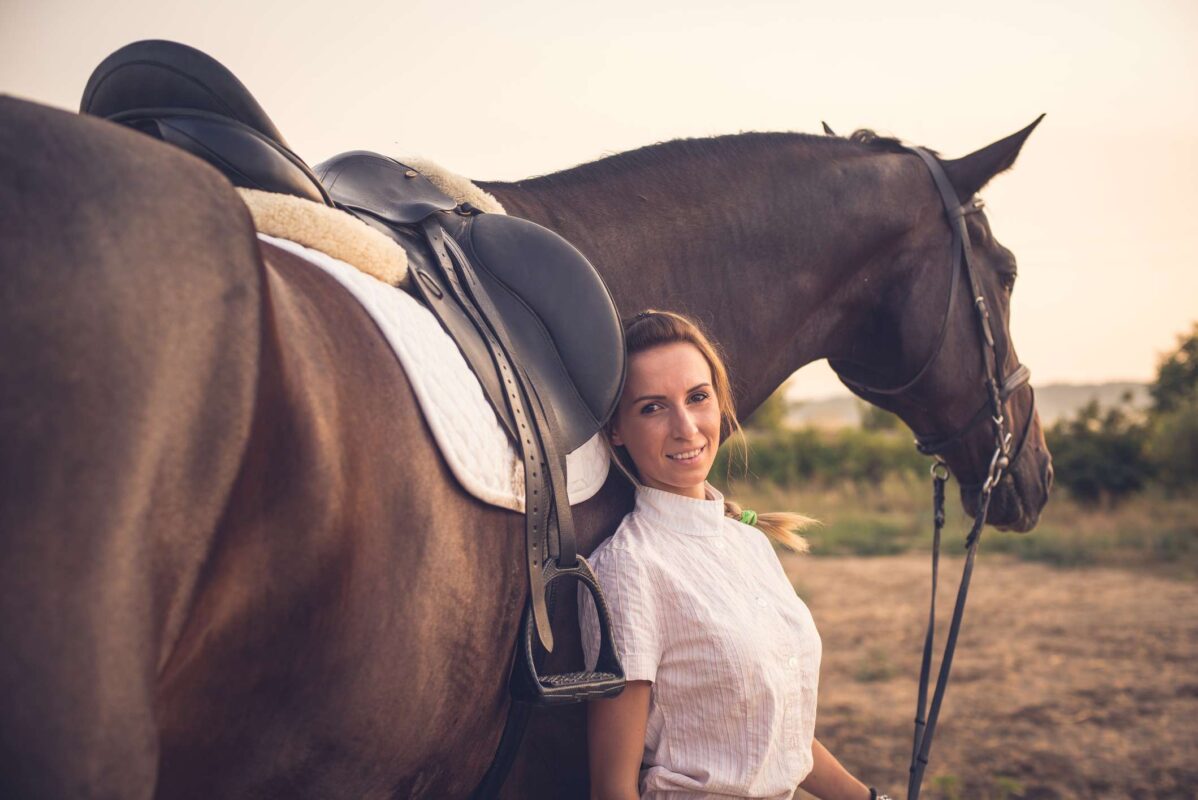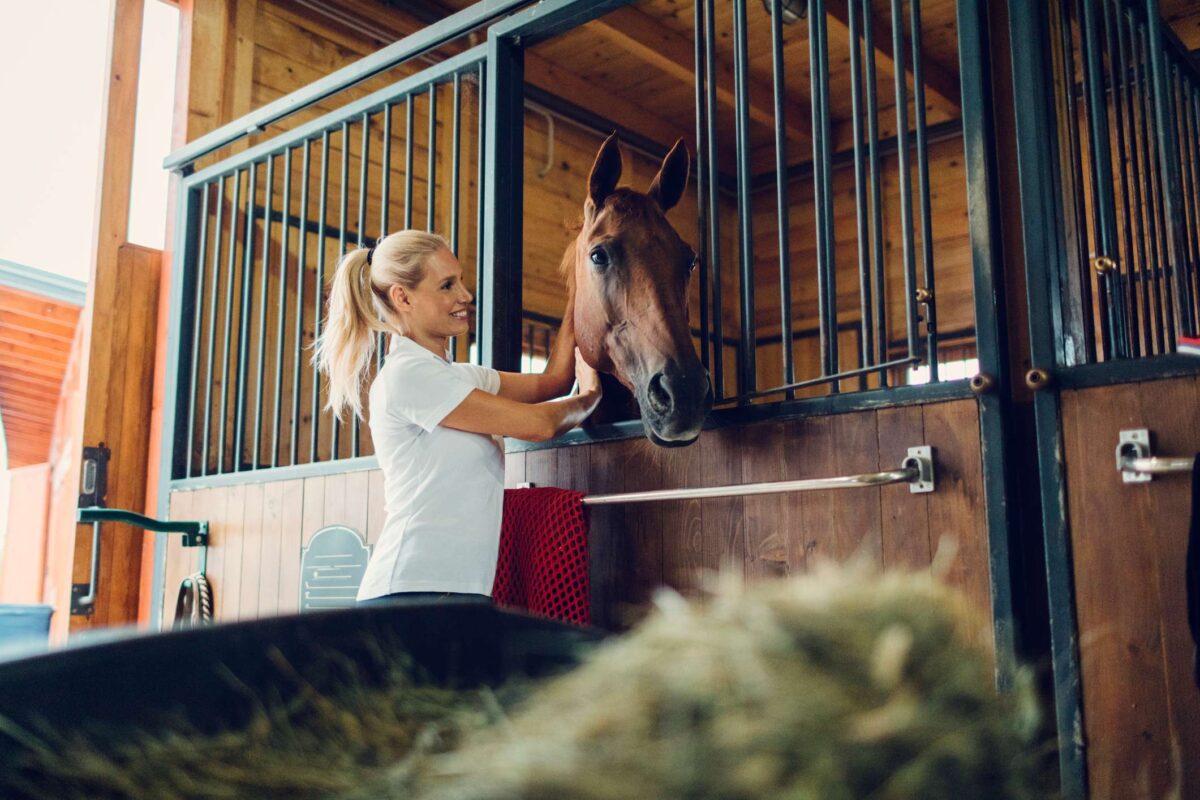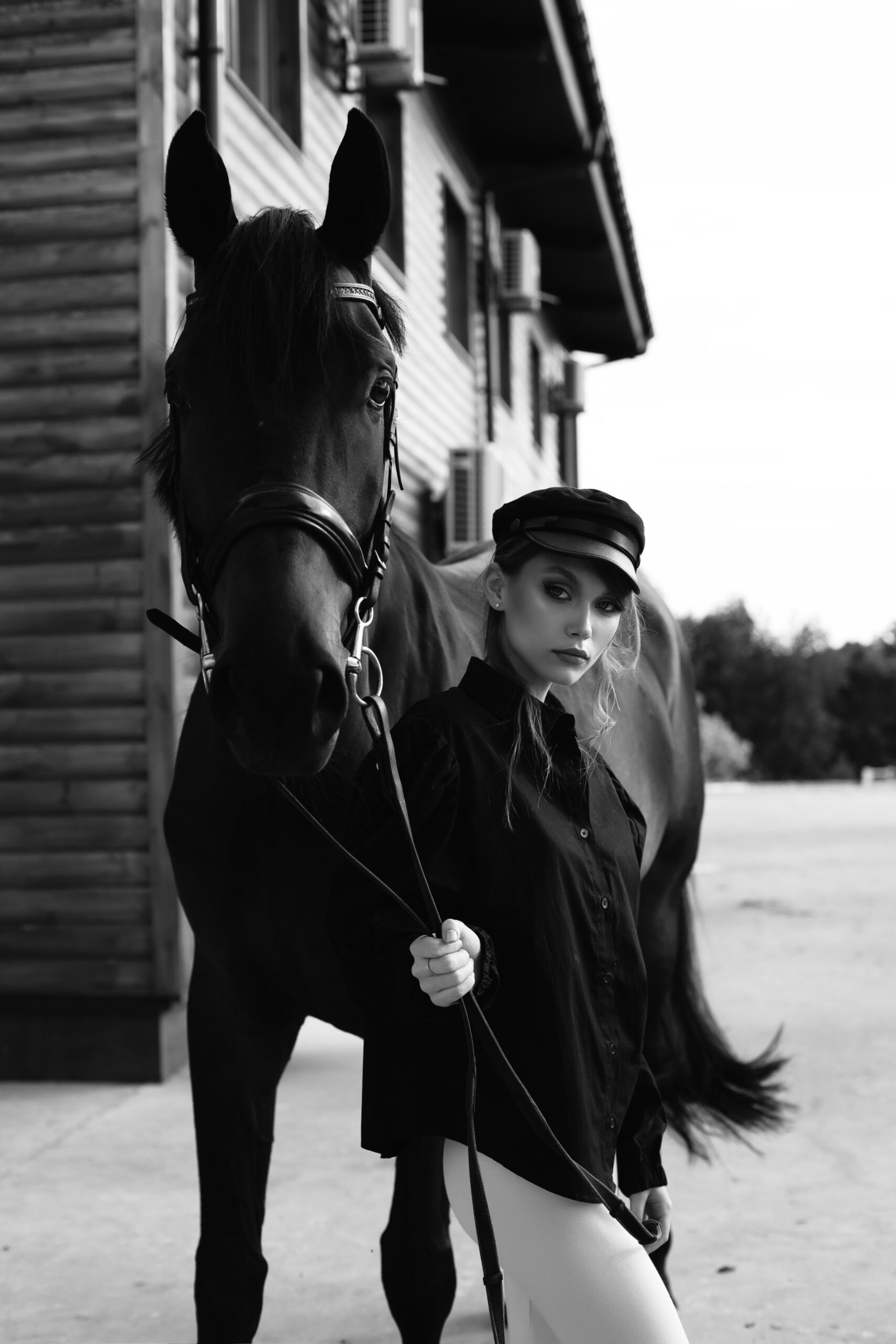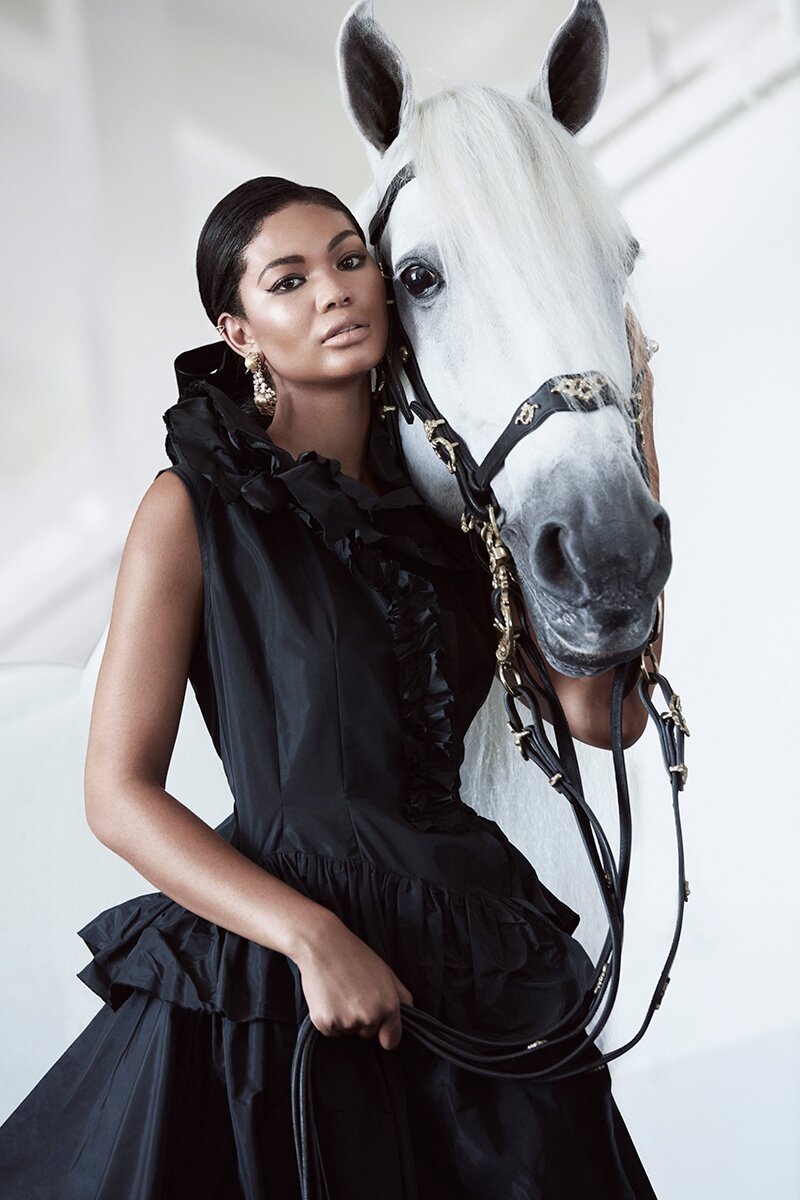History of Dressage
Dressage
Dressage
Early evidence of the sport of dressage that has produced household names such as Totilas and Valegro, can be traced back to roots in 680 BC at the time of the Ancient Greek Olympics. Dressage is a culmination of millennia of evolution in the training of horses, which can be linked to the Greek military commander, General Xenophon, who developed the first known written text about training a horse in a sympathetic and systematic way. His words still carry weight today, sharing the principles of training to produce a supple and obedient horse. But, despite all of this, for many years these ideologies became little more than a party trick, or circus act.
It was only during the Renaissance of the 16th century that there was a revival that ultimately developed into the modern-day sport that we know and love.
A well-trained horse and rider became highly valued in society resulting in riding schools, being set up across Europe giving the nobility a place to develop their horsemanship. The most famous of these schools which still remains today is the Spanish Riding School in Vienna which still promotes the classical training methods of their horses. By the end of the century, music was being arranged to accompany the movement of the horse, creating dressage to music in its infancy. At the time these were nothing more than performances to entertain royalty and gentry, with the spectacle becoming known as ‘horse ballet.’
In 1634, at Bolsover Castle in Britain, William Cavendish built a ‘riding house’ ahead of a visit by King Charles I. It is widely regarded that the Duke’s equestrian hall was the model for modern-day dressage arenas. At a time when horses were largely working animals the concept of their training often revolved around brutality and force. Britain took a step away from this military-style approach, and in a search to better their cavalry, a ‘General System of Horsemanship’ was introduced and ‘dressage’ in Britain was born.
The evolution continued and other cavalry units followed suit, notably the Ecole de Cavalerie in Samur, France. This school was set up in 1763 by Louis XV with the function of training all new officers across the French Army and their cavalry mounts. The facilities became the capital of French equestrian tradition and is still well-renowned as the base of the Cadre Noir. The Cadre Noir are an elite band of French Military instructors, versed in classical equitation; still in service today, famed for the black uniforms they wear.
The Cadre Noir is regarded as one of the most prestigious classical riding academies in the world, alongside the Spanish Riding School of Vienna, the Portuguese School of Equestrian Art, and the Royal Andalusian School of Equestrian Art. Having an obedient cavalry horse was vital for battle and each taught effort will have served a purpose on the battlefield.
The fundamentals of dressage are based on the ‘scales of training.’
This system of German origin sees each step in the process arranged in a pyramid sequence, resulting in the sequential progression from each phase, from ‘rhythm and regularity’ acting as a base, until the apex ‘collection’ at the top of the scale. It is only possible to achieve this end goal by starting from the very basics, although, despite the seemingly rigid format, the system is seen more as a series of progressive stages, each interconnected to combine hand in hand throughout a horse’s career.
The scales of training grow from rhythm and regularity, insuring a horse retains the same tempo and even footfall whether it is on a straight or bending line, in lateral work and through transitions, from a simple walk up into a piaffe. The next bar to meet is ‘relaxation.’ The horse should swing through its back, loose over the poll and down into the neck.
Relaxation means a horse is able to make smooth transitions and retain the regularity of stride, highlighting the way that each step works in harmony.
The third level of the pyramid is ‘contact,’ which grows from the sense of relaxation, allowing the horse to stretch forward into the bridle and accepting of the rider’s hands. Once a consistent contact is established, the rider can develop the ‘impulsion’ of the horse. Impulsion is created through relaxation and thoroughness to develop energy and engagement of the hind legs under the horse, allowing them to become more forward in their steps. The final two aspects are ‘straightness’ and ‘collection,’ with the importance of straightness allowing the horse to channel the impulsion towards the centre of its body, improving balance and allowing it to then achieve collection. Collection allows the horse to shorten their stride, directing their energy to create more activity and lift in the gait. In order to collect a horse must shift their weight from their centre to their hind quarters, allowing them to bring their hind legs under themselves and lift on the forehand. Collection is required in movements such as flying changes, piaffe and in pirouettes.
By the turn of the 19th century, a series of set movements were laid down and marked based on their execution, and the first judged ‘dressage’ tests were executed in Europe. The first dressage competition is believed to have taken place at the Spanish Riding School of Vienna in 1873.
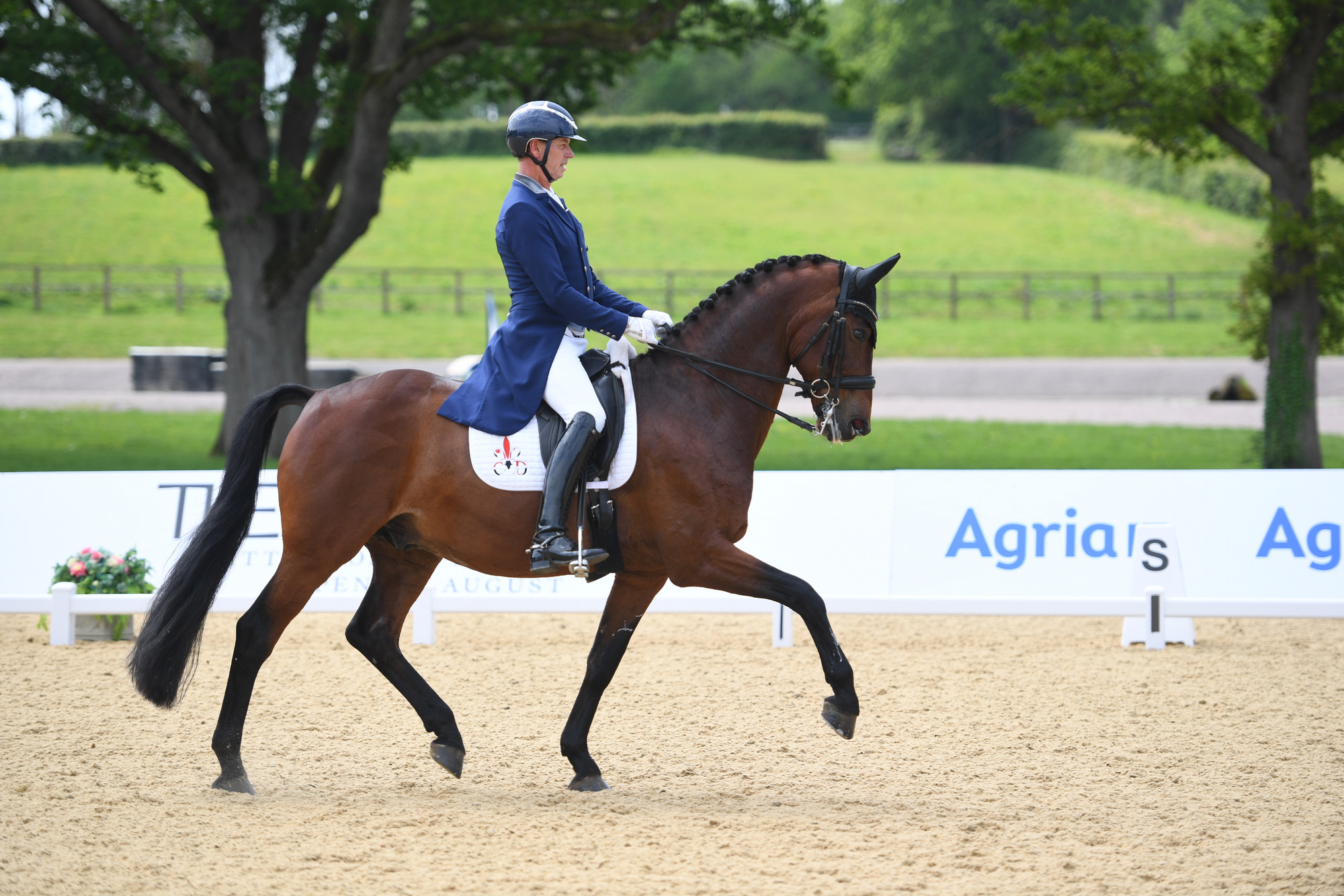
Dressage in its simplest form is the basis of all equestrian sports, with the ultimate aim to produce a picture of harmony, athleticism, obedience, precision and submission. All ridden-work for both amateur and professional riders, from showjumping to showing, relies on a horse being balanced, as well as all of those other qualities above. These are all achieved through the basic scales of training, with work on the flat just as valuable to those who also jump, allowing them to have a nimble, compliant, gymnastic horse, able to make not just the scope of the fences, but the tricky lines demanded in a twisting course.
Dressage is also a phase within the eventing competition, developed from strong cavalry roots, where a series of set movements, designed for battle, were performed on a parade ground. Later, horse and jockey were sent out onto a set course across the country to test their stamina and bravery over difficult terrain, once again a chance to test the skills that a soldier would need on horseback.
From the three gaits of walk, trot and canter, movements such as the pirouette, piaffe and passage have been shaped. Competitive dressage has existed for hundreds of years in various names and formats but first appeared at the Olympic Games in 1912 in Stockholm. Although, this form of dressage was very different to the current format, and after a set series of movements, riders were required to jump five jumps, and one final obstacle, a barrel which was rolled towards the horse as it approached. Perhaps, the only similarity to the dressage we see at the Olympics today, is that marks were given to the execution of this ‘test’ and riders could increase the level of difficulty by presenting with just one hand on the rein, certainly no fences are jumped in the dressage today!
There was still more evolution to the sport with the first modern-day test format appearing at the 1936 German Olympics. Although the route of competitive dressage has strayed from its classical roots, at the core, the values are still fundamentally the same and still should follow the scales of training. Up until 1952, the Olympics was reserved just for serving military personnel, but for the Olympic games in Finland competition was opened up to women and non-commissioned officers.
Judges undergo years of training and assessment in order to be qualified to critique a test, with the number of judges per test dependent on the level of the class, with more judges present at championship and Olympic events. Each movement, and sometimes the transition itself is scored between 0 and 10 for the quality in which the movement is performed.
The pinnacle of competitive dressage is the Grand Prix level, with combinations moving up from simple tests of just walk and trot with a few simple circles, with ever-evolving movements as they progress up to Grand Prix.
With dressage having originated in Europe, it was no surprise that these countries have been a wide margin ahead of the rest of the world. For years the Germans have dominated the sport, with their nation playing host to the first-ever World Championships in 1966.
Classical dressage at a higher level progresses beyond what we see between the white boards at an Olympics of Championship, taking collection to a new level and performing ‘airs above the ground.’ These movements include the capriole, levade, croupade and courbette. It is often believed that these skills which require extreme power and agility originated for military purposes, but, in fact these ‘airs’ were probably taught to improve the horses’ strength, because movements such as a capriole or would actually prove as a weakness in battle and expose the vulnerability of a horse. The only place you will now see a capriole or levade performed is at one of the classical riding houses, such as the one in Vienna or by the Cadre Noir.
From the early beginnings of ‘equestrian ballet’ there was a ‘girl on a dancing horse’ that overwhelmingly captured the imagination of the public, throwing dressage from a niche sport, through the television and into the living rooms of every home who tuned in to watch the London 2012 Olympics. From the girl who just arrived at Carl Hester’s yard for a stint of work experience, a real-life fairy tale and storyline blossomed, and Charlotte Dujardin and Valegro were crowned Olympic Champions. Valegro scored perfect ten after ten, his movement so light, yet so powerful, demonstrating just how the scales of training have their place in the sport in creating a perfect balance between harmony and performance.
Since then the pairing went on to not only hold every major championship record, they went on to further break them. The name ‘Valegro’ became a symbol of dressage greatness and suddenly, everyone knew what the sport of dressage was and they became captivated by the horses that seemingly tangoed with their riders. But with Valegro, it was not just the sporting accolades he won which made him so uniquely adored. It was his character, temperament and the journey of the whole team that he catapulted into the spotlight. Valegro gave equestrianism access to the mainstream media, putting dressage on the global map like no horse had ever done before.
